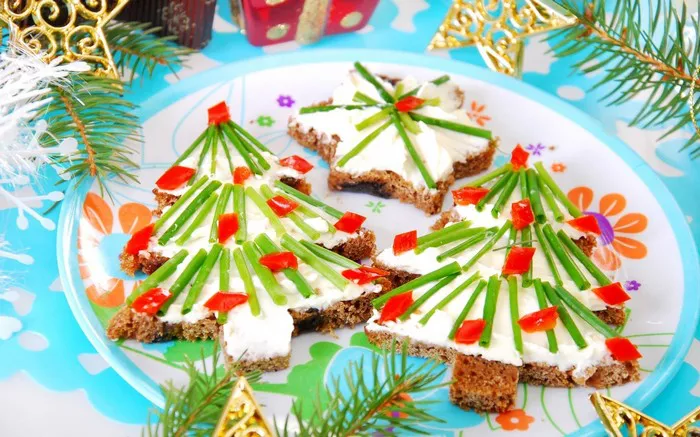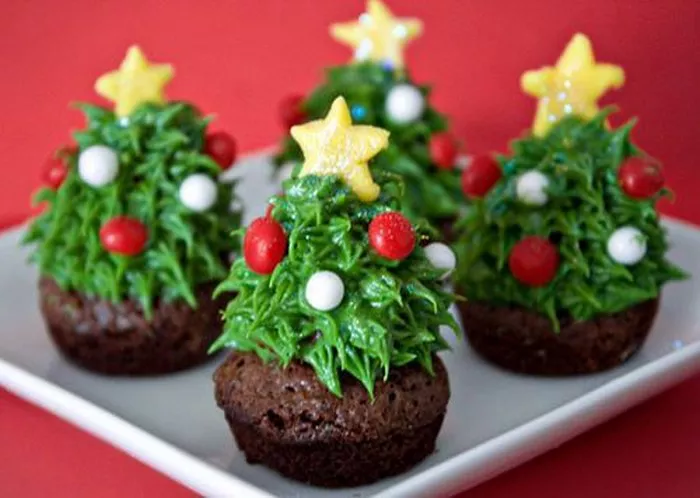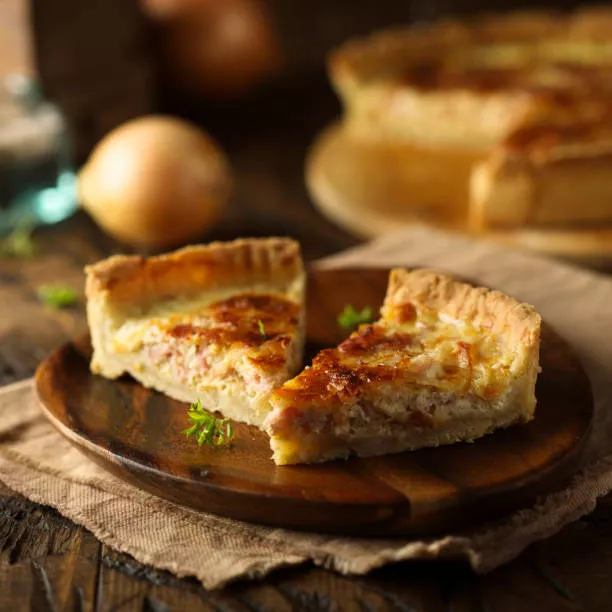The holiday season is upon us, and with it comes the joy of festive gatherings, cheerful decorations, and of course, mouthwatering Christmas desserts. While many of us eagerly await the main course during Christmas dinner, it’s the grand finale of 13 desserts that truly steals the show. In this article, we’ll delve into the delightful tradition of serving 13 desserts for Christmas and explore the rich variety of sweet treats that make this occasion even more special.
1. A Tradition Rooted in History
Mediterranean Origins: The tradition of serving 13 desserts during Christmas has its roots in the Mediterranean region, particularly in Provence, France. It’s a custom that dates back centuries and is deeply embedded in the local culture.
Symbolic Meaning: Each of the 13 desserts is symbolic, representing different aspects of the Christmas story and the region’s agricultural bounty.
The Four Beggars: These are typically made up of nuts like almonds, hazelnuts, walnuts, and figs. They symbolize the four mendicant orders of the Catholic Church.
The Fruits: Fresh and dried fruits, such as apples, pears, grapes, and dates, represent the wealth and fertility of the land.
Calisson: This traditional French candy shaped like an almond symbolizes the love of the Good King.
2. A Feast for the Senses
Calissons: These almond-shaped delights, made from ground almonds and candied fruit, offer a sweet and slightly tangy taste that’s both crunchy and chewy.
Nougat: Soft and chewy nougat is a favorite among many. With a mixture of honey, nuts, and egg whites, it’s a sweet, nutty, and satisfying treat.
Pompe à l’Huile: This sweet bread is an aromatic masterpiece, flavored with orange blossom water and olive oil, giving it a unique and delightful taste.
Fougasse: This festive bread is decorated with candied fruits and nuts, offering a delightful combination of flavors and textures.
3. A Multisensory Experience
Setting the Scene: The ambiance plays a crucial role in enjoying these desserts. They are typically arranged on a table adorned with candles, figurines, and symbolic decorations.
The Ritual: Part of the charm of the 13 desserts is the ritual of sharing. Family and friends gather around the table, each choosing their favorites to sample.
Lively Conversations: As people indulge in these desserts, lively conversations about their flavors and significance ensue, creating cherished memories.
4. Modern Variations
Global Influences: While the tradition of 13 desserts remains strong in Provence, it has evolved in various ways around the world. Many families now incorporate desserts from their own cultural backgrounds into the spread.
Creative Twists: Some people put a modern twist on tradition by introducing contemporary desserts like chocolate truffles, cheesecakes, and holiday-themed cookies.
5. Healthier Options
Balancing Act: In recent years, there has been a growing trend toward healthier Christmas desserts. Fresh fruit salads, yogurt parfaits, and gluten-free options are becoming popular choices.
Nostalgia with a Twist: Health-conscious bakers are reinventing traditional recipes with alternative ingredients to make guilt-free versions of classic treats.
6. The Joy of Sharing
Community and Connection: The tradition of sharing 13 desserts fosters a sense of community and togetherness. It’s a time when people come together to celebrate, share stories, and savor the sweetness of the season.
Generational Bond: Passing down the tradition of 13 desserts from one generation to the next strengthens family bonds and keeps cultural heritage alive.
7. Conclusion
Christmas is a time of celebration and reflection, and the tradition of serving 13 desserts adds a unique and meaningful layer to the festivities. From its historical roots in Provence to the modern variations around the world, the joy of sharing these delightful treats with loved ones is at the heart of the holiday season.
























